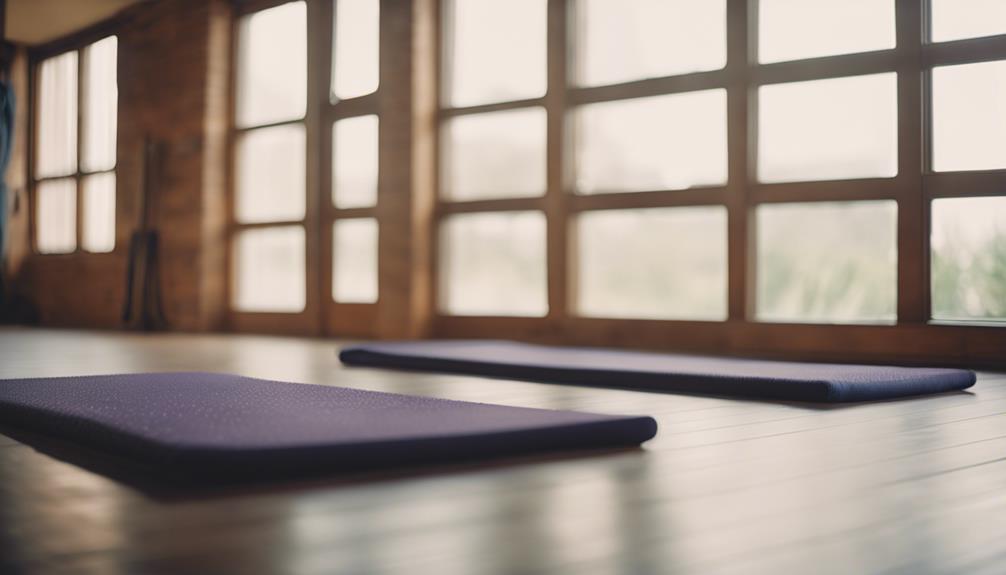Is yoga good for sciatica? This question has been on the minds of many individuals seeking relief from the discomforting pain that radiates along the sciatic nerve. Sciatica can linger like an unwanted guest, causing sharp pain, numbness, and tingling sensations down the leg. Fortunately, yoga offers a holistic approach that can help alleviate these symptoms and promote overall wellness. In this article, we’ll explore how yoga can be beneficial for sciatica and the specific stretches that can aid in your healing journey.
Can Yoga Ease Your Sciatica Woes? Let’s Find Out!
The connection between yoga and sciatica is an intriguing one. For many, yoga is a source of physical and mental wellness, offering strength, flexibility, and peace of mind. When it comes to sciatica, certain yoga poses can help relieve pressure on the sciatic nerve, improving circulation and reducing inflammation. Poses like the Cat-Cow stretch and the Pigeon pose are particularly effective in stretching the muscles surrounding the sciatic nerve, providing much-needed relief.
In addition to physical benefits, yoga promotes mindfulness and relaxation, which can be incredibly useful in handling the emotional toll of chronic pain. By focusing on breath control and meditation, individuals can create a mental space that helps reduce anxiety related to their symptoms. This mind-body connection is crucial, as stress can exacerbate pain, making yoga a two-fold solution for those suffering from sciatica.
Moreover, many healthcare professionals are now recognizing the advantages of incorporating yoga into a treatment plan for sciatica. Research suggests that consistent practice can lead to significant improvements in mobility and pain reduction. So, if you’re wondering, “Is yoga good for sciatica?” the answer leans heavily toward a resounding yes. However, it’s always advisable to consult with a healthcare provider before starting any new exercise regimen, especially if you’re experiencing severe pain.
Stretching Towards Relief: Yoga’s Role in Sciatica Healing!
When it comes to yoga’s role in sciatica healing, stretching is the name of the game. Gentle stretches can help release tension in the lower back and glutes, which often contribute to sciatic pain. Poses such as the Downward-Facing Dog and the Child’s Pose are excellent for elongating the spine and promoting relaxation in the surrounding muscles. These stretches increase blood flow and alleviate pressure on the sciatic nerve, paving the way for a more comfortable experience.
Another key aspect of yoga for sciatica relief is its focus on alignment and posture. Many individuals with sciatica may adopt compensatory postures to avoid pain, which can lead to further imbalances. Yoga encourages a strong foundation in body alignment, helping practitioners develop awareness of their posture both on and off the mat. This mindfulness can ultimately prevent future flare-ups and promote lasting relief.
Finally, incorporating restorative yoga into your routine can be a game changer for those suffering from sciatica. Restorative poses allow the body to relax deeply, reducing muscle tension and promoting healing. Poses like Legs-Up-the-Wall and the Supine Bound Angle Pose can help the body unwind and reset, providing a calming antidote to the discomfort often experienced with sciatica. By integrating these restorative practices into your yoga routine, you can nurture your body and support your journey toward relief.
In conclusion, if you’re grappling with the question, “Is yoga good for sciatica?” the evidence suggests a bright and hopeful yes! Yoga offers a multifaceted approach to sciatica relief, targeting both physical symptoms and emotional well-being. By incorporating specific stretches and focusing on mindful movement, you can take significant steps toward alleviating your sciatic pain. As always, ensure you consult with a healthcare professional before starting any new exercise program. Embrace the journey of healing with yoga, and you may find not only relief but also a renewed sense of vitality and joy in your daily life!
